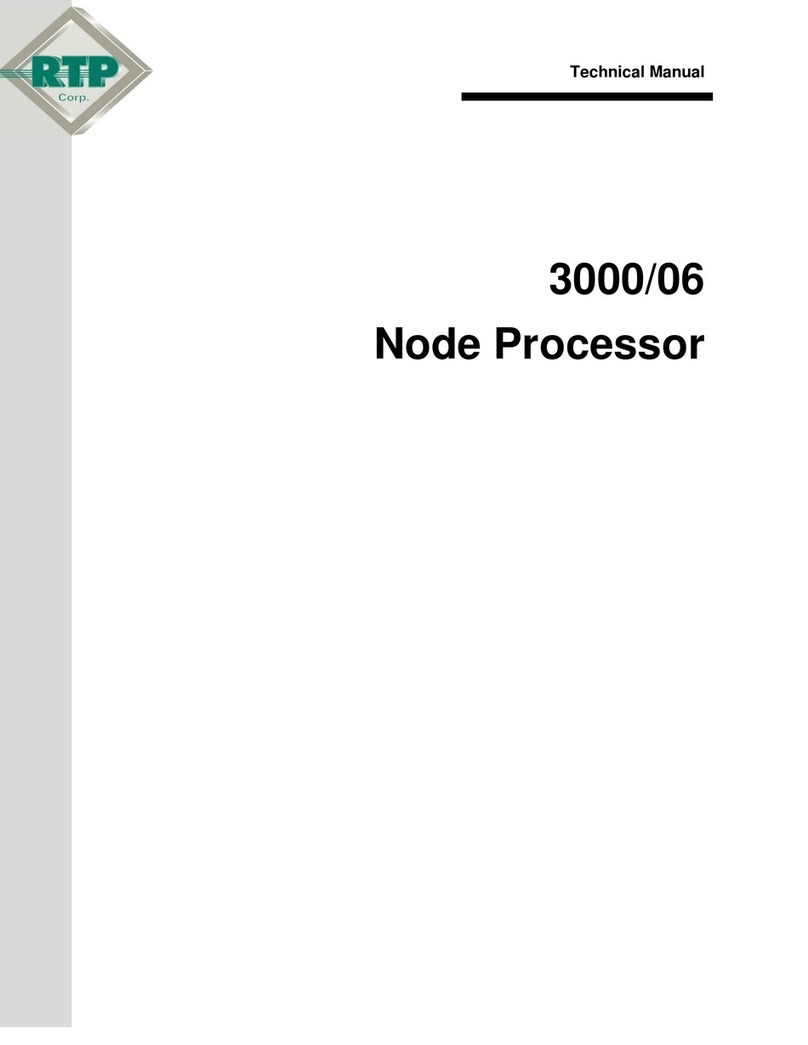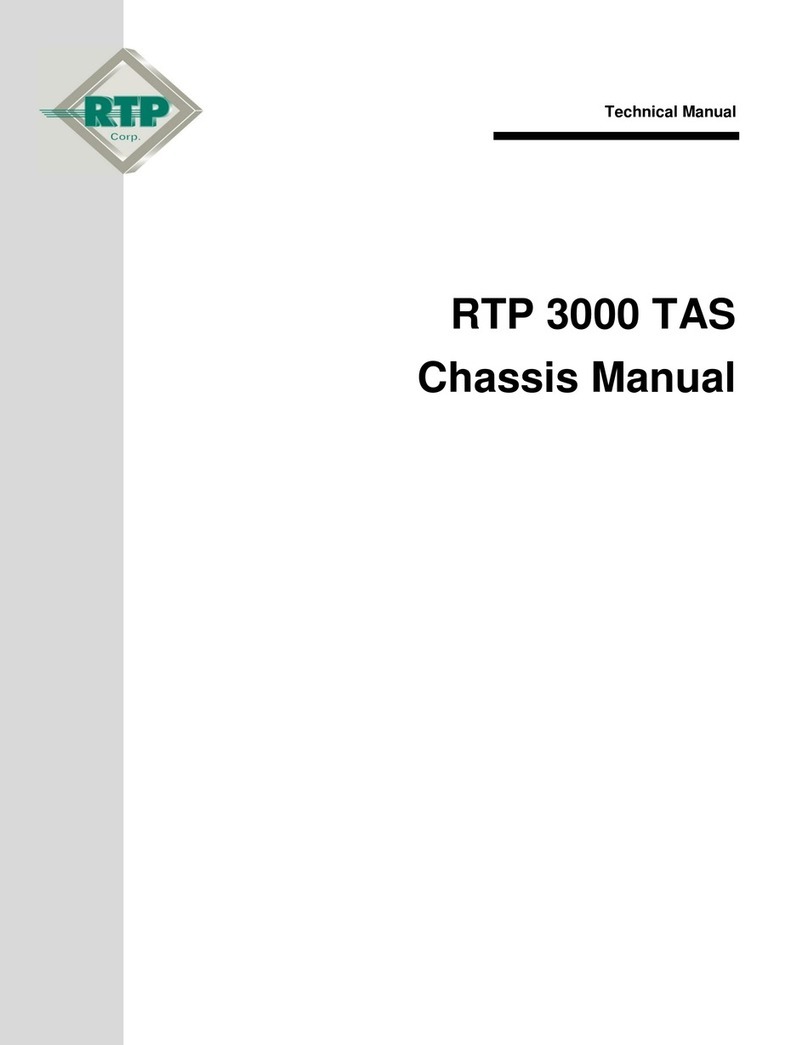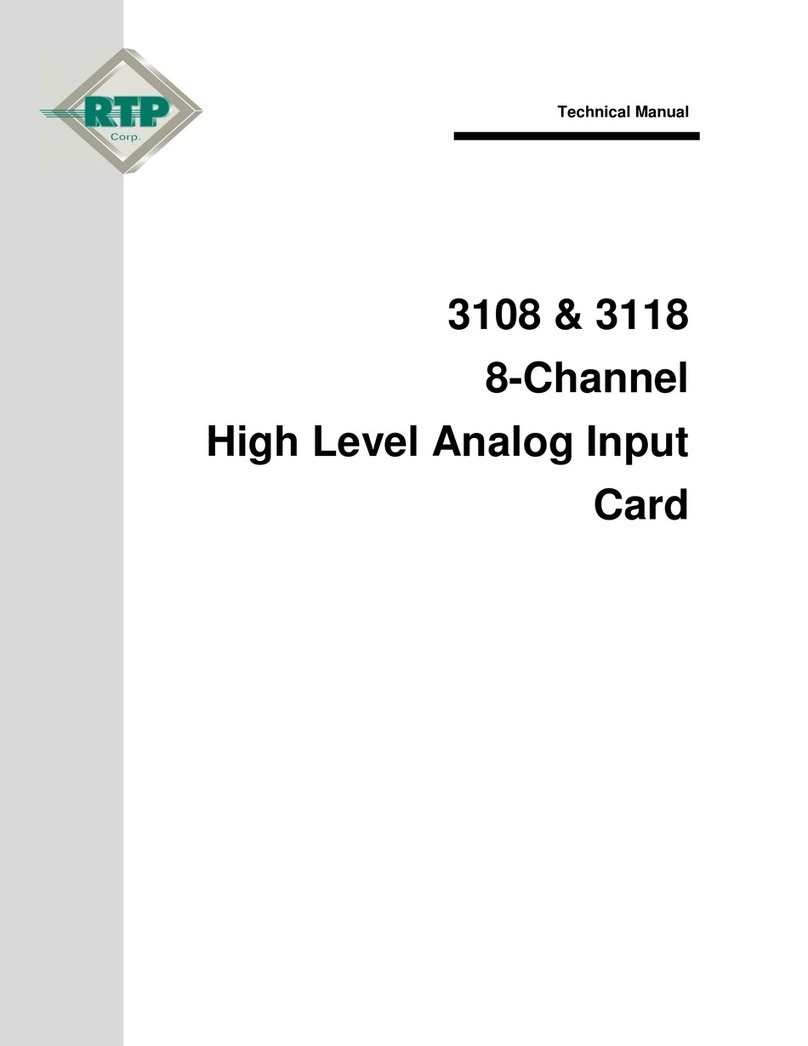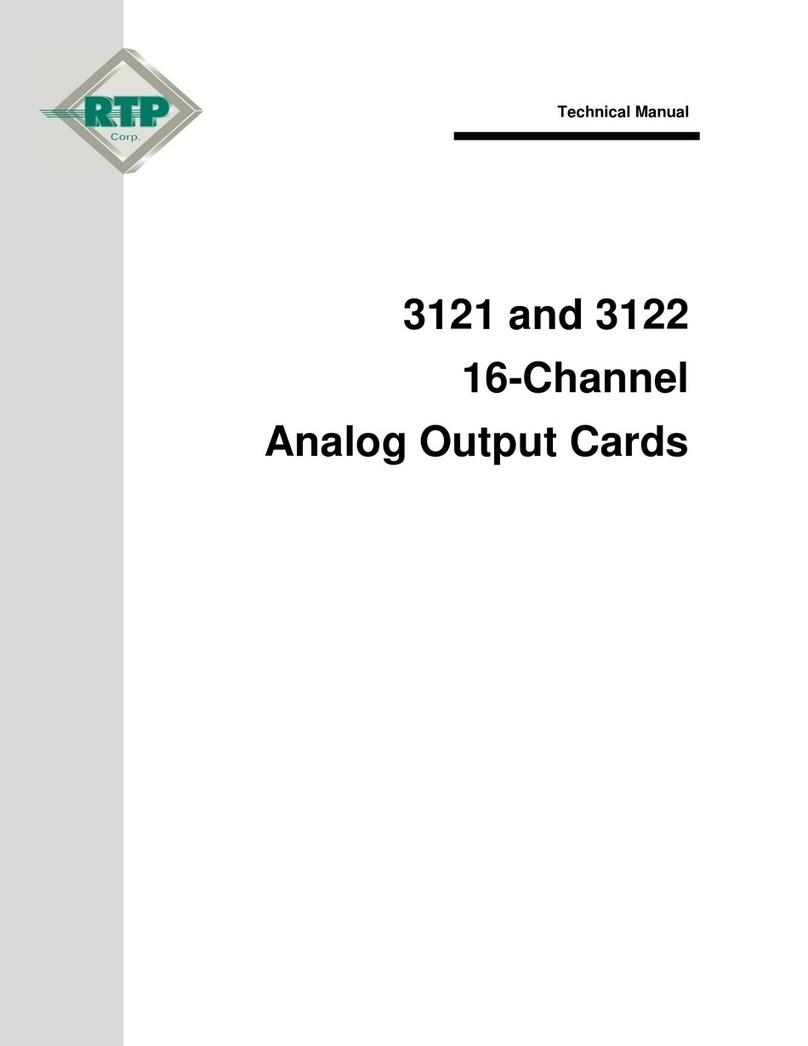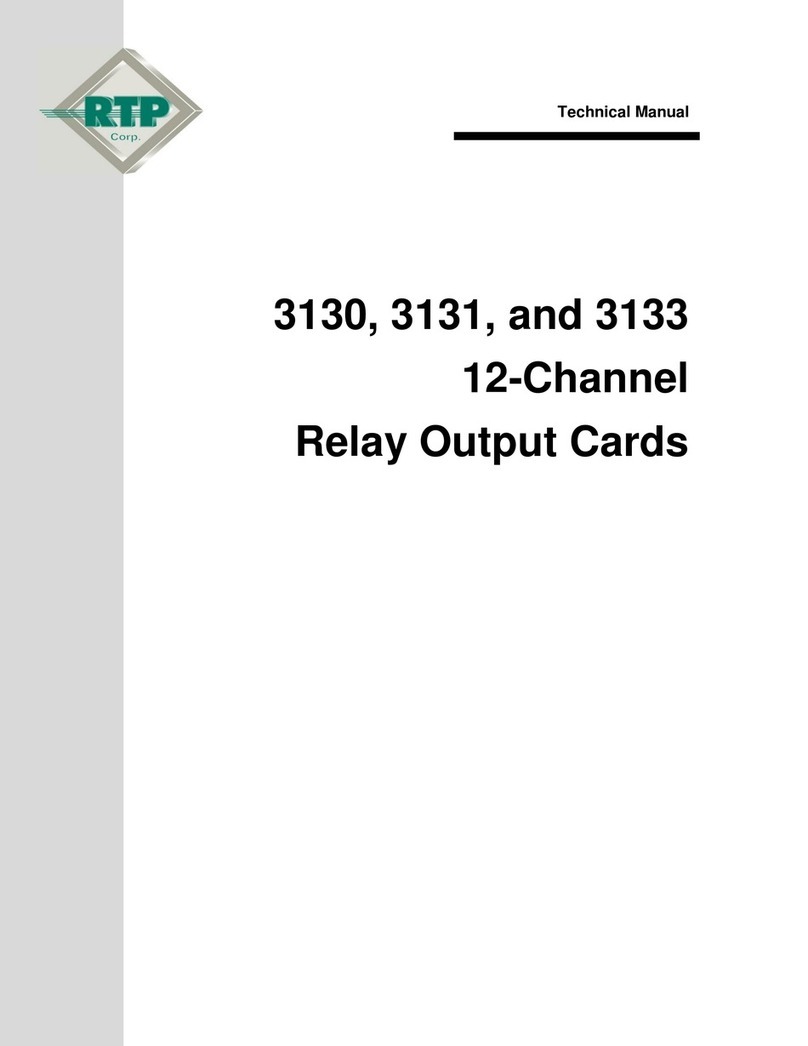
3
TABLE OF CONTENTS
INTRODUCTION........................................................................................4
SPECIFICATIONS.....................................................................................5
FAILURE RATES IN ACCORDANCE TO IEC 61508 ...............................7
CABLING 8
REDUNDANT I/O CARDS PLACEMENT................................................11
3200 Series System with I/O Cards..............................................................11
SOFTWARE CONFIGURATION .............................................................12
NetArrays Configuration...............................................................................12
Redundant Card ID................................................................................13
Watchdog Timer.....................................................................................13
Integer Error Detection...........................................................................13
Integer Card Revision.............................................................................14
Integer Readback Status 00...................................................................14
Integer Readback Status 01...................................................................14
Integer Load Fault Open 00....................................................................14
Integer Load Fault Open 01....................................................................14
Integer Load Fault Short 00....................................................................14
Integer Load Fault Short 01....................................................................15
Integer Switch Status 00 ........................................................................15
Integer Switch Status 01 ........................................................................15
Integer Safety Switch Status 00 .............................................................15
Integer Safety Switch Status 01 .............................................................15
Bool Reset Load Testing........................................................................15
Channel .................................................................................................16
I/O Tag...................................................................................................16
Default (3100/Non safety system only).....Error! Bookmark not defined.
Comment...............................................................................................16
COMPLIANCE WITH CE MARK .............................................................17
ENVIRONMENTAL CONDITIONS ..........................................................19
REFERENCED COMPANIES..................................................................20
DEFINITIONS 20






